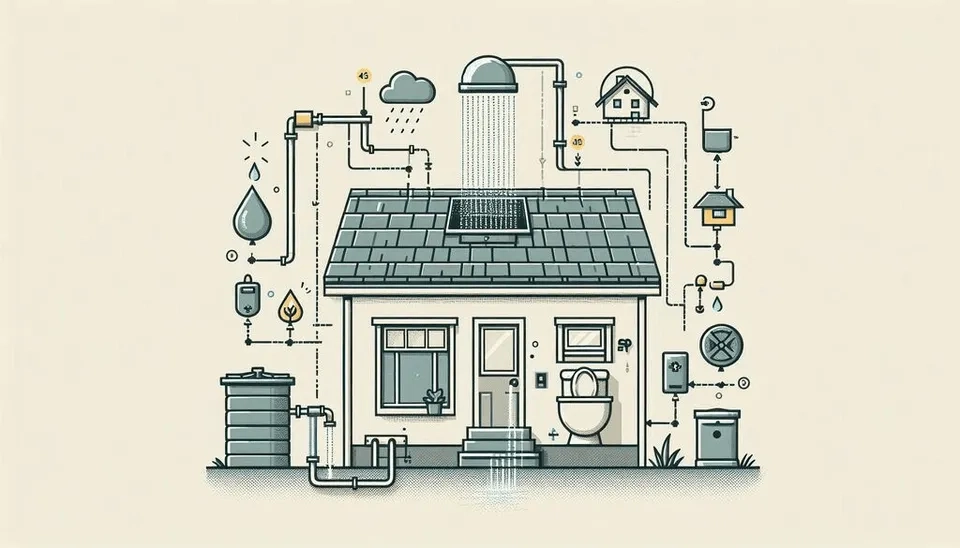
Did you know that rainwater collection systems can be up to 90% efficient in conserving water, making them a vital tool in the fight against water scarcity (Oosterom et al. 2000; Ward et al. 2012; Fewkes. 2012; Vieira et al. 2014; Molaei et al. 2019; Raimondi et al. 2023)? Please note that the efficiency of a rainwater collection system can vary greatly based on factors such as the local climate, the size and material of the collection surface, the efficiency of the filtration system, and the maintenance of the system. With various types of rainwater collection systems available, homeowners, farmers, and municipalities can significantly reduce their reliance on municipal water supplies and save money while promoting sustainable water management practices (Yannopoulos et al. 2017).
Table 1. Different Types of Rainwater Collection System (Zhi-yun et al., 2013; Connor and Koncagül, 2014; Rahman et al., 2014; Ghimire and Johnston, 2017; Słyś and Stec, 2020)
Type of Rainwater Collection System | Advantages | Limitations |
Rain Barrels | Easy to install and maintain; inexpensive; reduces demand on municipal water supplies | Limited storage capacity; water can become contaminated if not used quickly; relatively low pressure |
Direct-Pumped (Submersible) | Provides high pressure; can be used for all domestic applications including drinking (with proper treatment) | High initial cost; requires regular maintenance; electricity dependent |
Indirect Pumped | Can supply water to multiple locations; water can be used for non-potable uses without treatment | Requires a pump and electricity; more complex installation; regular maintenance required |
Indirect Gravity | No electricity required; low maintenance; can be used for non-potable uses without treatment | Requires elevation difference between storage and use site; gravity may not provide sufficient pressure for all uses |
Cisterns | Large storage capacity; can be used for all domestic applications including drinking (with proper treatment) | High initial cost; requires regular maintenance; space requirement |
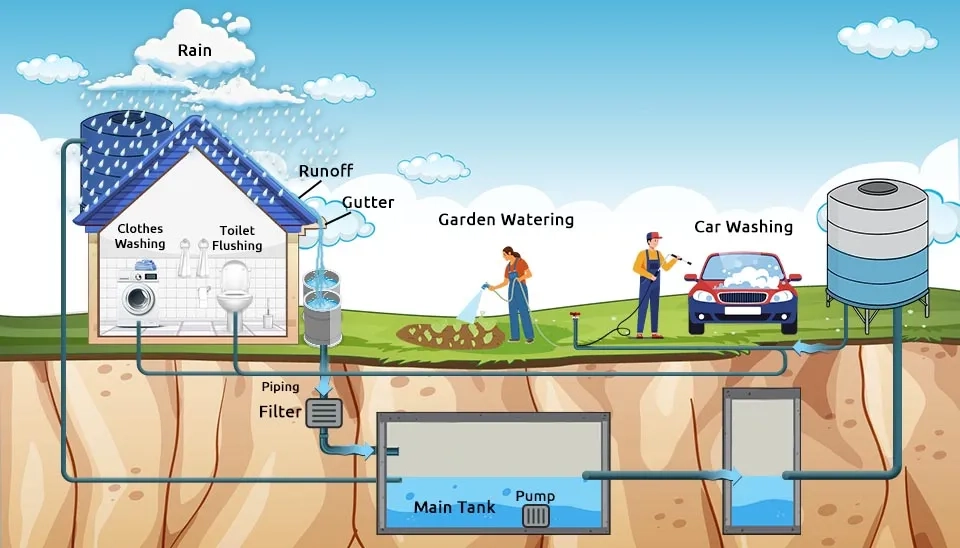
In fact, the concept of rainwater harvesting can be traced back to ancient China, dating as far back as 6,000 years. Evidence suggests that rainwater capture was also employed 4,000 years ago, and archaeological findings in Israel confirm its use as early as 2,000 B.C. To this day, the ruins of cisterns constructed to collect runoff from hillsides for agricultural and domestic purposes persist in the region (Baba et al., 2018; Gould and Nissen-Petersen, 1999). Around 300 BCE, agriculture communities in present-day Pakistan, Afghanistan, Iran, and India began harvesting rainwater for various purposes (Lo and Gould, 2015). Different types of rainwater collection systems were used in 2000 BC in India, Mesopotamia, China, and modern-day Israel (Yannopoulos et al. 2017). The Roman Empire notably embraced rainwater harvesting on a grand scale, constructing aqueducts and cisterns to capture and store rainwater (Baba et al. 2018). In the 16th-17th century, early settlers began to use rainwater for laundry because it's naturally soft (Struk-Sokołowska et al. 2020). Today, rainwater harvesting is gaining traction as a new trend for domestic use. It is useful in irrigation, household cleaning, bathing, drinking, and livestock water, among other purposes (Lancaster 2019; Nandi and Gonela, 2022). Rainwater harvesting is still used. This is especially true in areas where water is scarce or of poor quality (Al-Batsh et al., 2019). Rainwater harvesting is not as common in urban areas due to the prevalence of non-porous materials such as concrete or tarmac, making it a major challenge for urban authorities (Coutts et al., 2013). In this article, we will discuss the efficiency and environmental impact of rainwater collection systems, as well as their role in water conservation.

1. Types of Rainwater Collection Systems and their Efficiency
Rainwater collection systems come in various types, and their efficiency depends on the scale, technology, and complexity of the installation. Here are some of the types of rainwater collection systems and their efficiency:
1.1. Rain Barrels
This is the most common and simplest method of rainwater collection. It involves installing a barrel at a gutter downspout to collect rainwater. The actual barrel may be a recycled barrel or a new commercially available rain barrel. Rain barrels are efficient for small-scale water conservation, such as watering plants and gardens (Putri et al., 2023).
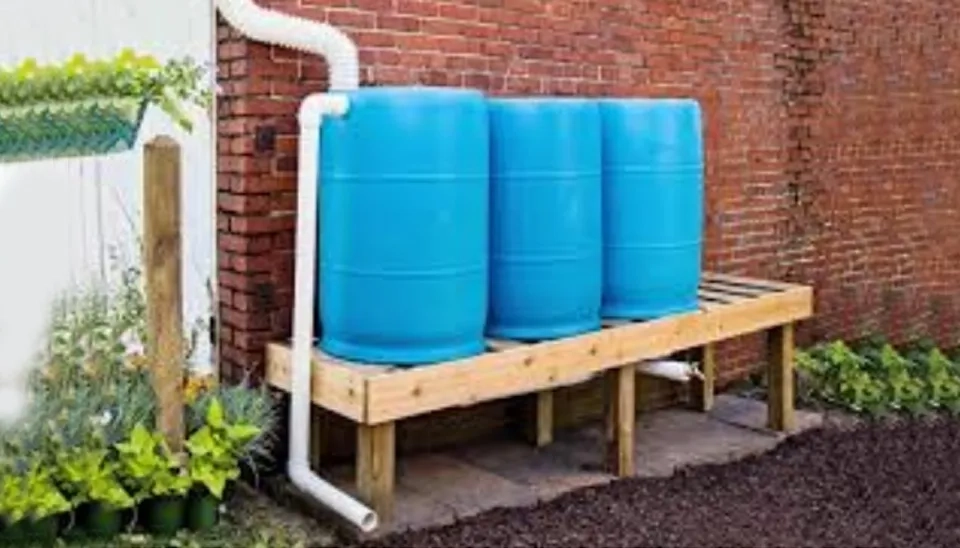
1.2. Direct-Pumped (Submersible)
This type of rainwater harvesting system filters water before it enters the storage tank. Debris such as moss, twigs, and leaves are separated from the water before it enters the tank through a calmed inlet. Another essential component of the pump assembly is an additional filter that effectively removes small particles from the water before it is pumped to the designated appliances. Once the filtration process is complete, the water is promptly delivered to the intended point of use (Retamal et al., 2009; Vieira et al., 2014; Loh, 2022).
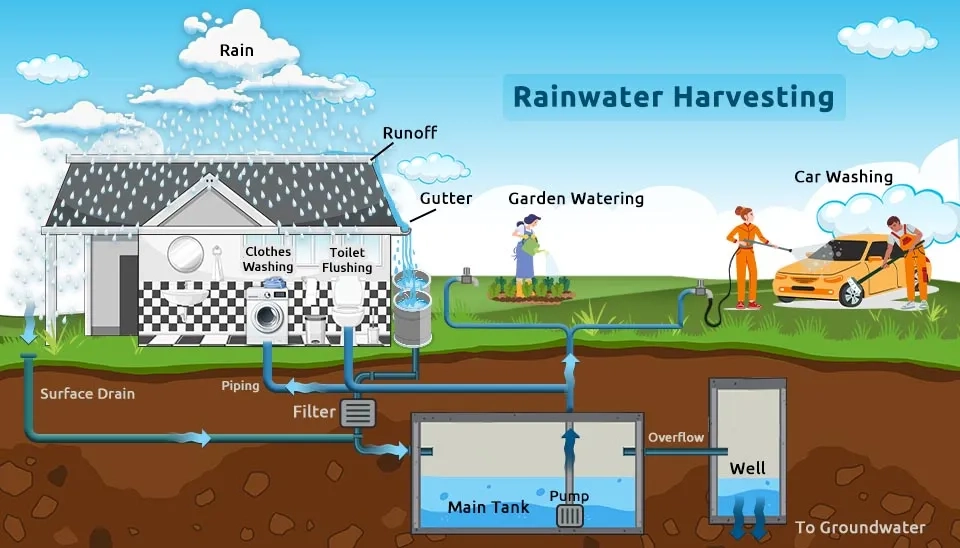
1.3. Indirect Pumped
This system is similar to the direct-pumped system, but it uses a header tank to supply water to the pump. The header tank is filled with water from the storage tank, and the pump draws water from the header tank to supply the point of use. This system is more efficient than the direct-pumped system because it reduces the workload on the pump (Tan, 2022; Istchuk and Ghisi, 2023).
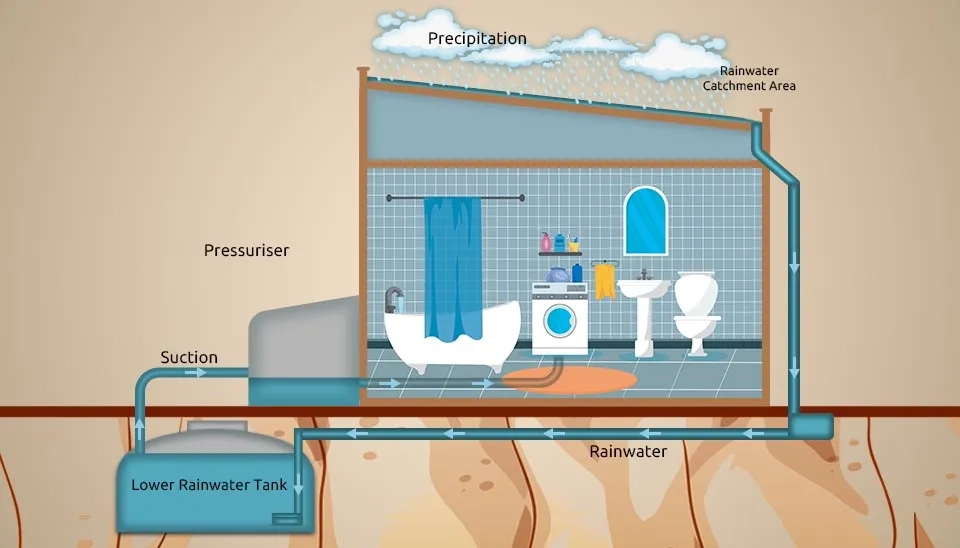
1.4. Indirect Gravity
The indirect gravity rainwater collection system is similar to the indirect pumped system, but it uses gravity alone to supply water to the point of use instead of a pump. Collected rainwater from the header tank flows by gravity to a lower tank, where, by gravity again, the harvested water is distributed to the water appliances to supply the point of use. This system is the most efficient because it does not require electricity to be operated (Belhassan, 2021, Istchuk and Ghisi. 2023).
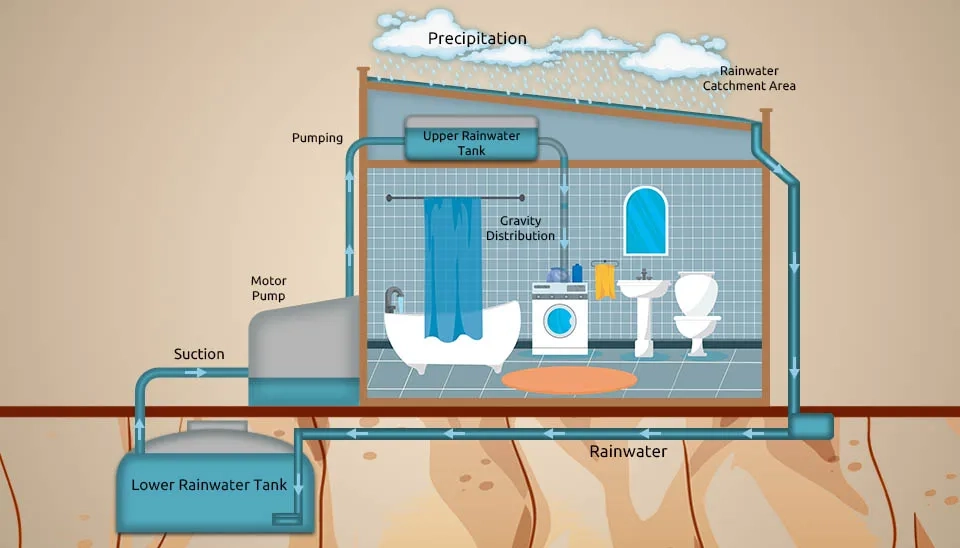
1.5. Cisterns
Local people usually prefer to use a ready-made method to collect rainwater and construct permanent cisterns underground to store harvested rainwater. The collected water can then be used throughout the whole year for domestic use, such as drinking, laundry, and other uses (Wu et al., 2017). Cisterns are large storage tanks that can hold a significant amount of rainwater. They are efficient for large-scale water usage, such as supplying water to an entire household. Cisterns can be installed above or below ground and can be made of various materials, such as concrete, plastic, or metal.
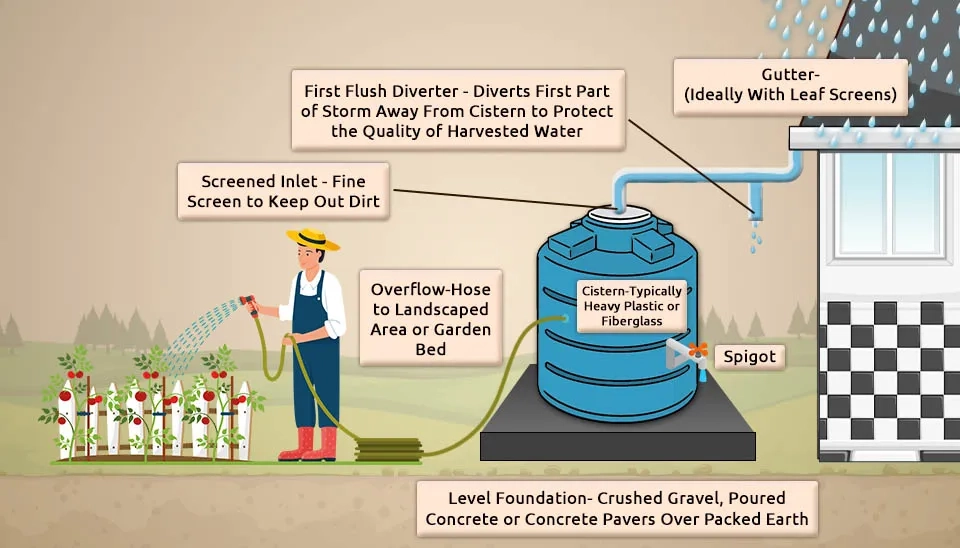
2. Conclusion
There are many ways to save water and prevent water scarcity. It is important to choose the right type of rainwater collection system based on the specific needs and goals of the user. Rainwater harvesting in urban areas is an environmentally friendly way to collect water. They can reduce the demand for municipal water supplies, reduce stormwater runoff, and provide a reliable water source for non-potable uses. However, potential ecological risks must be managed through proper design, operation, and maintenance of these systems. Using a rainwater collection system for houses has a significant role in sustainable water management and can contribute to a more sustainable future.